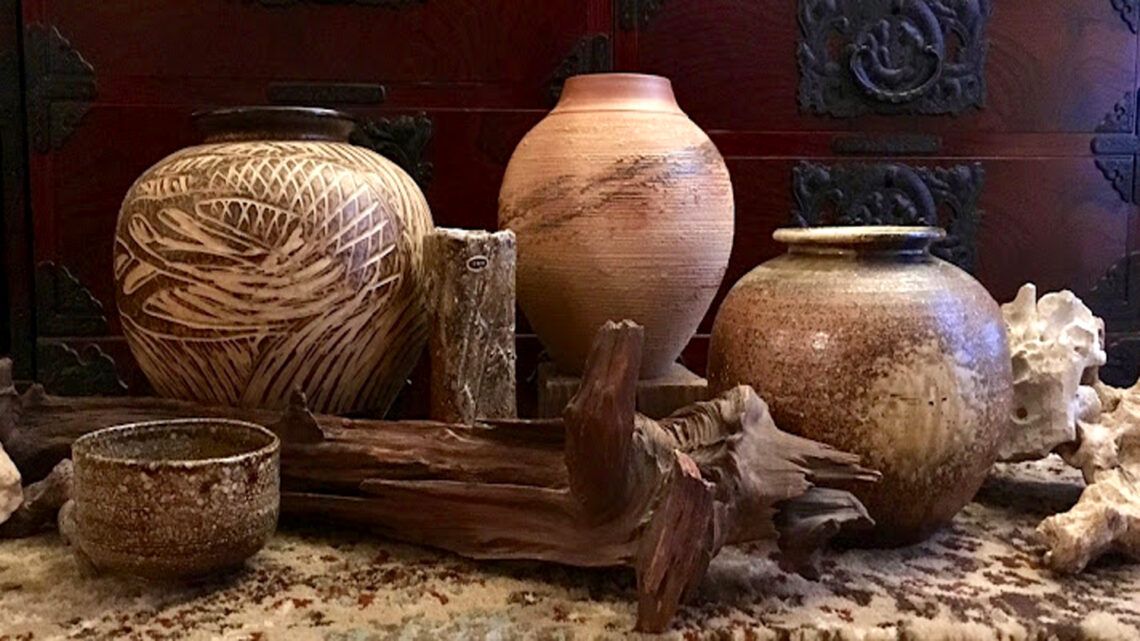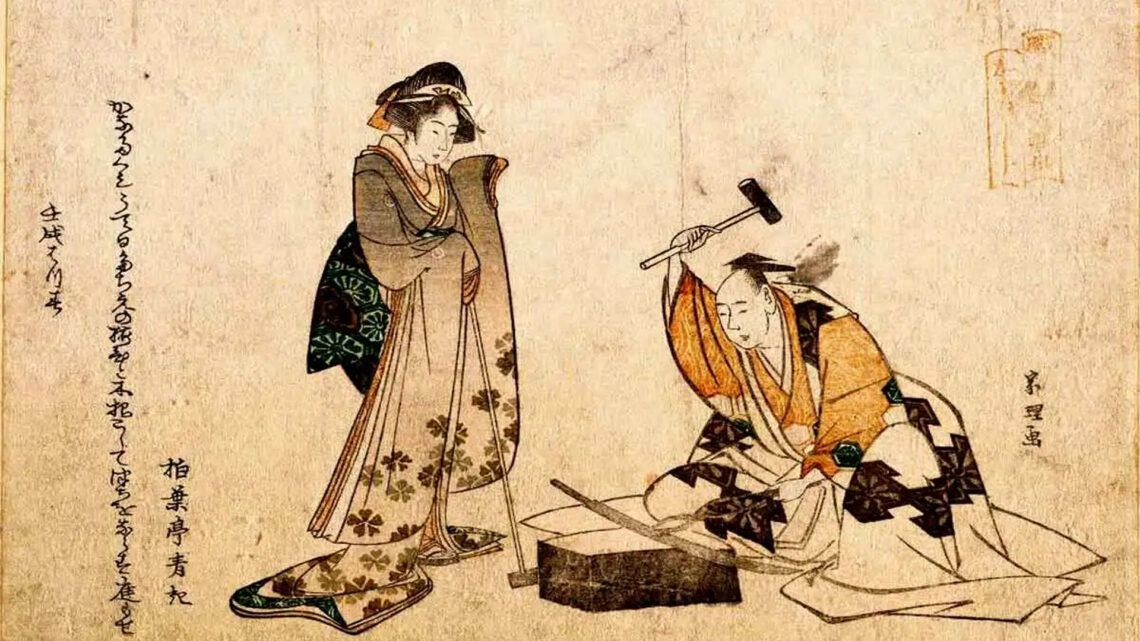
Origami is a traditional Japanese art form that focuses on the folding of paper to create intricate yet delicate models. When combined with Zen, a philosophy and practice that promotes mindfulness and inner calm, Origami can be a remarkable way to unite these concepts. In this article, we will explore the fascinating connection between Origami and Zen, and how they can be used together to cultivate mindfulness and foster creative expressions.
Origami has a rich history that dates back to ancient China and was later adopted by Japan. Over the centuries, it evolved into an art form often associated with patience, precision, and aesthetic sensibility.
Origami, the art of paper folding, has a captivating history that stretches back centuries and has deep cultural and artistic roots. The development of this art form is closely intertwined with the history of Japan and other countries where paper played a significant role. The practice of Origami extends far beyond simple paper folding – it embodies creativity, patience, and a profound connection to nature.
The origins of paper folding can be traced back to ancient China, where there were reports of people folding paper into various shapes as early as the 2nd century AD. However, at that time, these folds were more rudimentary models primarily used for ceremonial purposes or symbolism. It was a way to adorn gifts or create religious offerings.
The true flourishing of Origami, however, occurred in Japan, where it arrived in the 6th century AD along with the art of papermaking. Paper was a precious resource at the time, making the skill of paper folding highly esteemed. Origami soon became an integral part of Japanese culture, finding uses in various aspects of life, ranging from ceremonial occasions to domestic decorations.
Traditional Forms and Patterns:
Over the centuries, various traditional forms and patterns of Origami developed in Japan. Some models were designed for specific occasions such as weddings and New Year celebrations, while others held religious or symbolic meanings. The Japanese began to view their Origami folds as a form of art that required not only craftsmanship but also aesthetic sensitivity.
During the Edo period (17th to 19th century), Origami reached its peak of popularity in Japan. Many innovative techniques and models emerged during this time. Particularly noteworthy were the creative folds of Master Akisato Rito, who developed more complex designs and animal figures. Origami became a popular pastime for people of all ages and social backgrounds.
Connection to Nature:
A central element of Origami is its connection to nature. Many traditional models depict animals, plants, and other natural elements. This connection to nature reflects the deep appreciation that the Japanese have for the natural world. Origami was often used to tell stories or convey moral lessons closely tied to nature.
Influence on the Modern Era:
Over time, Origami transitioned from a purely traditional art form to a platform for creative experimentation. During the 20th century, artists like Akira Yoshizawa began to develop new folding techniques and models. Yoshizawa introduced the concept of “wet folding,” where the paper is dampened to enable more complex shapes. His work led to a renaissance of Origami and opened up new possibilities for modern artists.
Today, Origami has attracted a global community of enthusiasts and artists. From traditional designs to abstract artworks, there is an endless variety of Origami styles. Workshops, exhibitions, and books contribute to the transmission of this incredible cultural heritage. Origami continues to thrive, inspiring people around the world to express their creativity and discover the beauty of paper folding.
The history of Origami is a journey through time and cultures that have shaped this fascinating art form. From its humble beginnings in China to its heyday in Japan and its modern applications in science and art, Origami has undergone an impressive evolution. It remains a symbol of creativity, patience, and connection to nature that will inspire future generations as well.



